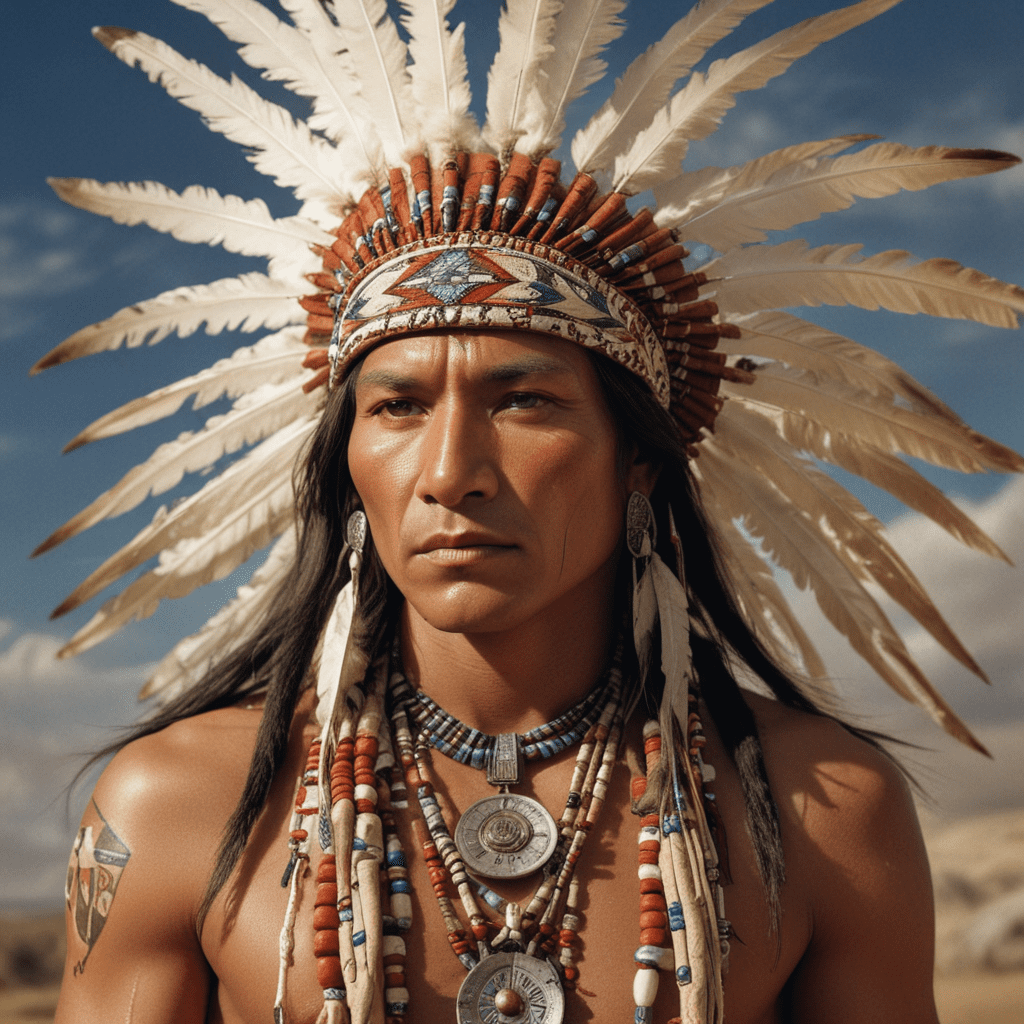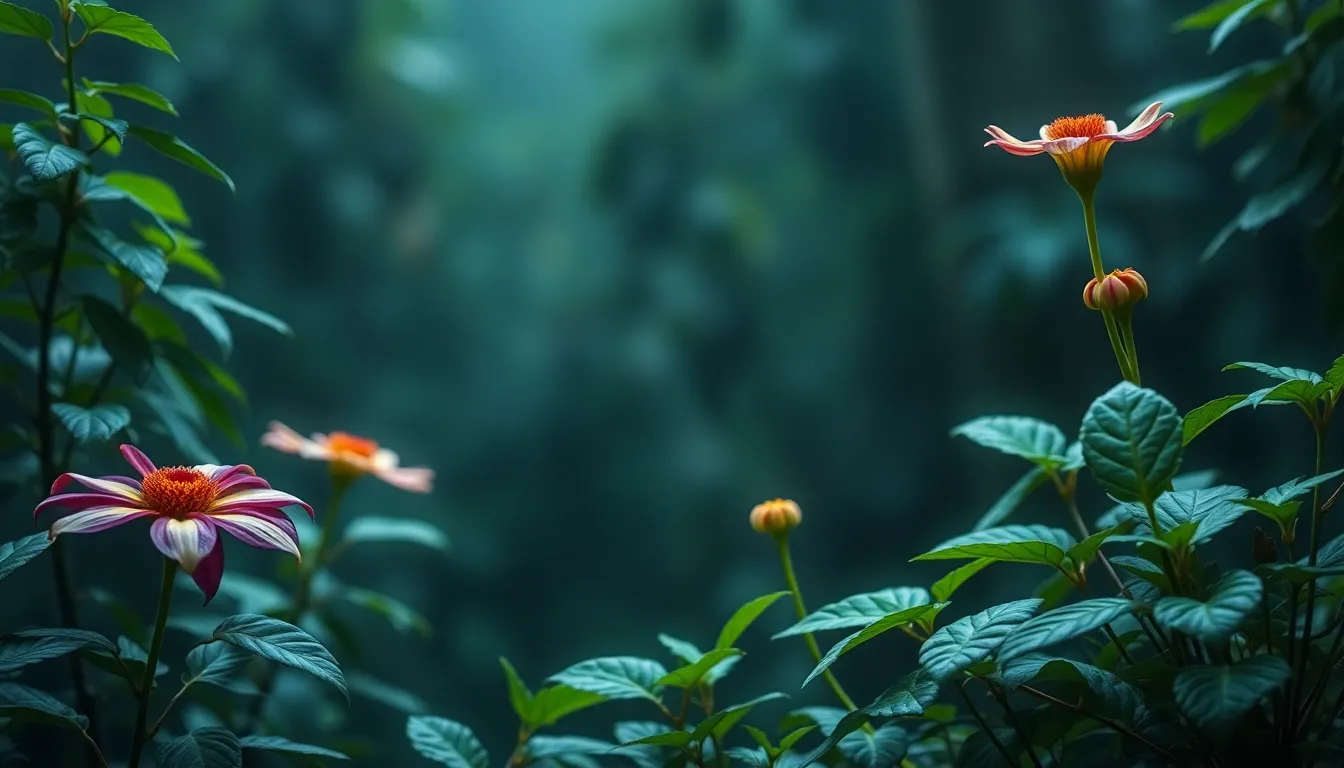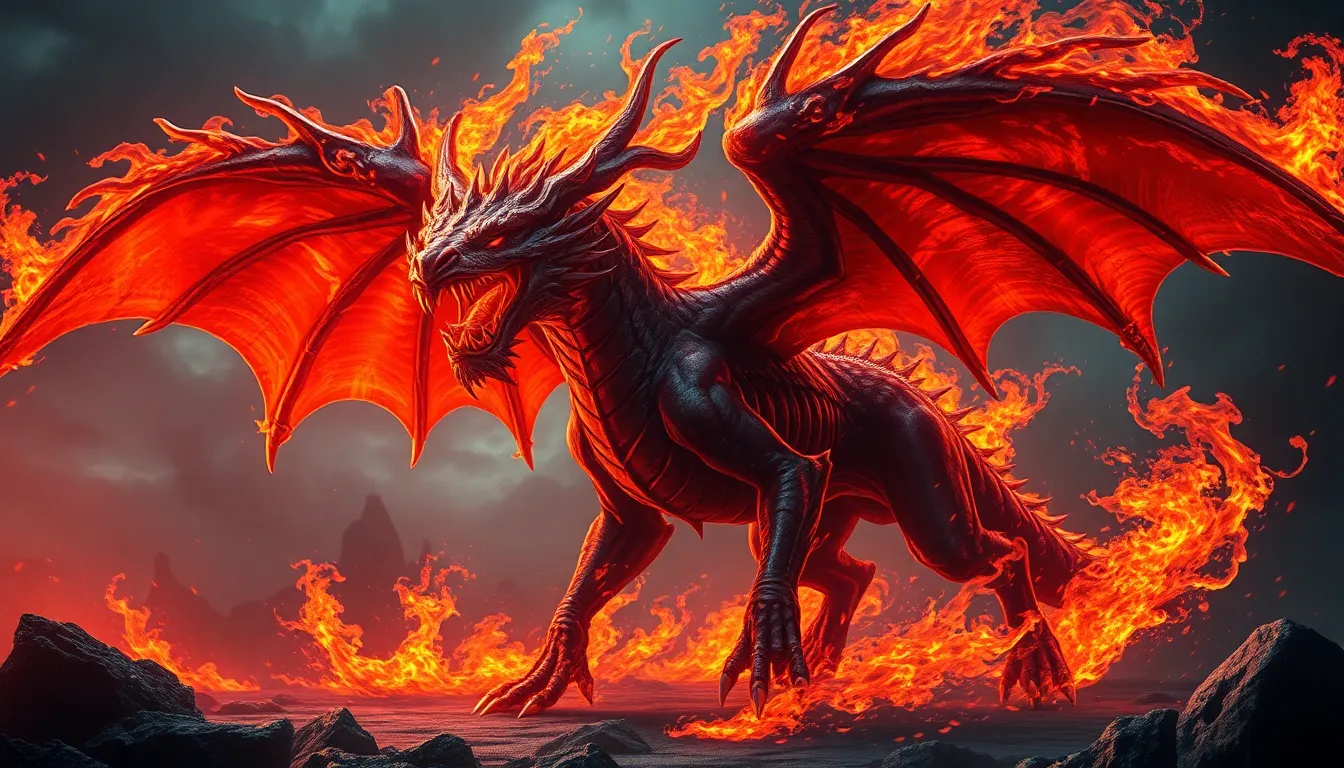The Mythology of the Lakota Sioux
1. Creation and Origins
Lakota Sioux mythology details the genesis of the world and the formation of the Lakota people. The Great Spirit (Wakan Tanka) is believed to have created the universe and all that dwells within it, including the Lakota Sioux. The Lakota believe that Wakan Tanka breathed life into a sacred white bull, which birthed the first humans. These humans were the ancestors of the Lakota Sioux.
2. The Great Spirit (Wakan Tanka)
Wakan Tanka, or the Great Spirit, is the supreme being in Lakota Sioux mythology. Wakan Tanka is a benevolent deity who created the universe and all that is within it. They are a mysterious and all-powerful spirit who is omnipresent and omniscient. The Lakota believe that Wakan Tanka watches over them and guides their actions.
3. The White Buffalo Calf Woman
White Buffalo Calf Woman is a significant figure in Lakota Sioux mythology. She is believed to have brought the Lakota their sacred pipe (Chanunpa) and taught them how to use it. The Chanunpa is a symbol of peace and unity, and it is used in ceremonies to communicate with Wakan Tanka. White Buffalo Calf Woman is also said to have given the Lakota their seven sacred rites, which are essential to their spiritual practices.
4. The Holy Pipe (Chanunpa)
The Chanunpa, or sacred pipe, is a central object in Lakota Sioux mythology. It is believed to have been given to the Lakota by White Buffalo Calf Woman and is used in ceremonies to communicate with Wakan Tanka. The Chanunpa is made from a red stone pipe bowl and a wooden stem. It is often decorated with feathers, beads, and other sacred objects.
5. The Seven Sacred Rites
The Seven Sacred Rites are a set of ceremonies that are essential to Lakota Sioux spiritual practices. These rites include the Sun Dance, the Ghost Dance, the Vision Quest, and the Sweat Lodge. Each rite has a specific purpose, and they are all used to connect with Wakan Tanka and to seek guidance and protection.
6. Tricksters and Sacred Clowns
Lakota Sioux mythology features a variety of tricksters and sacred clowns who play important roles in the Lakota worldview. These characters often serve as mediators between the human world and the spirit world, and they can be both mischievous and wise. One of the most well-known tricksters is Iktomi, a spider who is often depicted as a humorous and unpredictable figure. Sacred clowns, on the other hand, are respected figures who use humor and satire to teach important lessons about life.
7. The Spirit World and Ancestors
The Lakota Sioux believe that the spirit world exists alongside the human world, and that it is inhabited by the spirits of deceased ancestors, animals, and other beings. The Lakota believe that the spirit world can be accessed through dreams, visions, and ceremonies. They also believe that ancestors play an important role in their lives, and that they can provide guidance and protection.
8. The Thunderbirds
Thunderbirds are mythical creatures that play an important role in Lakota Sioux mythology. They are believed to be powerful spirits that control the weather and bring rain. Thunderbirds are often depicted as large, eagle-like creatures with powerful wings. They are considered to be sacred beings, and the Lakota believe that they can bring both good and bad fortune.
9. The Wendigo (Evil Spirit)
The Wendigo is a malevolent spirit that is feared by the Lakota Sioux. It is believed to be a cannibalistic creature that preys on humans. The Wendigo is often depicted as a tall, thin creature with long claws and sharp teeth. It is said to have a foul odor and to be able to mimic human voices. The Lakota believe that the Wendigo can be warded off by fire and by wearing protective amulets.
10. Contemporary Interpretations and Adaptations
Lakota Sioux mythology continues to play an important role in the lives of many Lakota people today. However, there have been some changes in the way that the mythology is interpreted and adapted in contemporary times. Some Lakota people have adopted Christian beliefs, and they have incorporated elements of Christianity into their traditional mythology. Others have embraced pan-Indianism, which is a movement that seeks to unite all Native American tribes under a common spiritual and cultural identity.
Frequently Asked Questions (FAQs)
- Who is the supreme being in Lakota Sioux mythology?
The supreme being in Lakota Sioux mythology is Wakan Tanka, or the Great Spirit.
- What is the significance of the White Buffalo Calf Woman?
The White Buffalo Calf Woman is a significant figure in Lakota Sioux mythology who brought the Lakota their sacred pipe and taught them how to use it.
- What are the Seven Sacred Rites?
The Seven Sacred Rites are a set of ceremonies that are essential to Lakota Sioux spiritual practices and include the Sun Dance, the Ghost Dance, the Vision Quest, and the Sweat Lodge.
- What is the Wendigo?
The Wendigo is a malevolent spirit that is feared by the Lakota Sioux and is believed to be a cannibalistic creature that preys on humans.
- How has Lakota Sioux mythology adapted in contemporary times?
In contemporary times, some Lakota people have adopted Christian beliefs and incorporated elements of Christianity into their traditional mythology, while others have embraced pan-Indianism, which seeks to unite all Native American tribes under a common spiritual and cultural identity.



